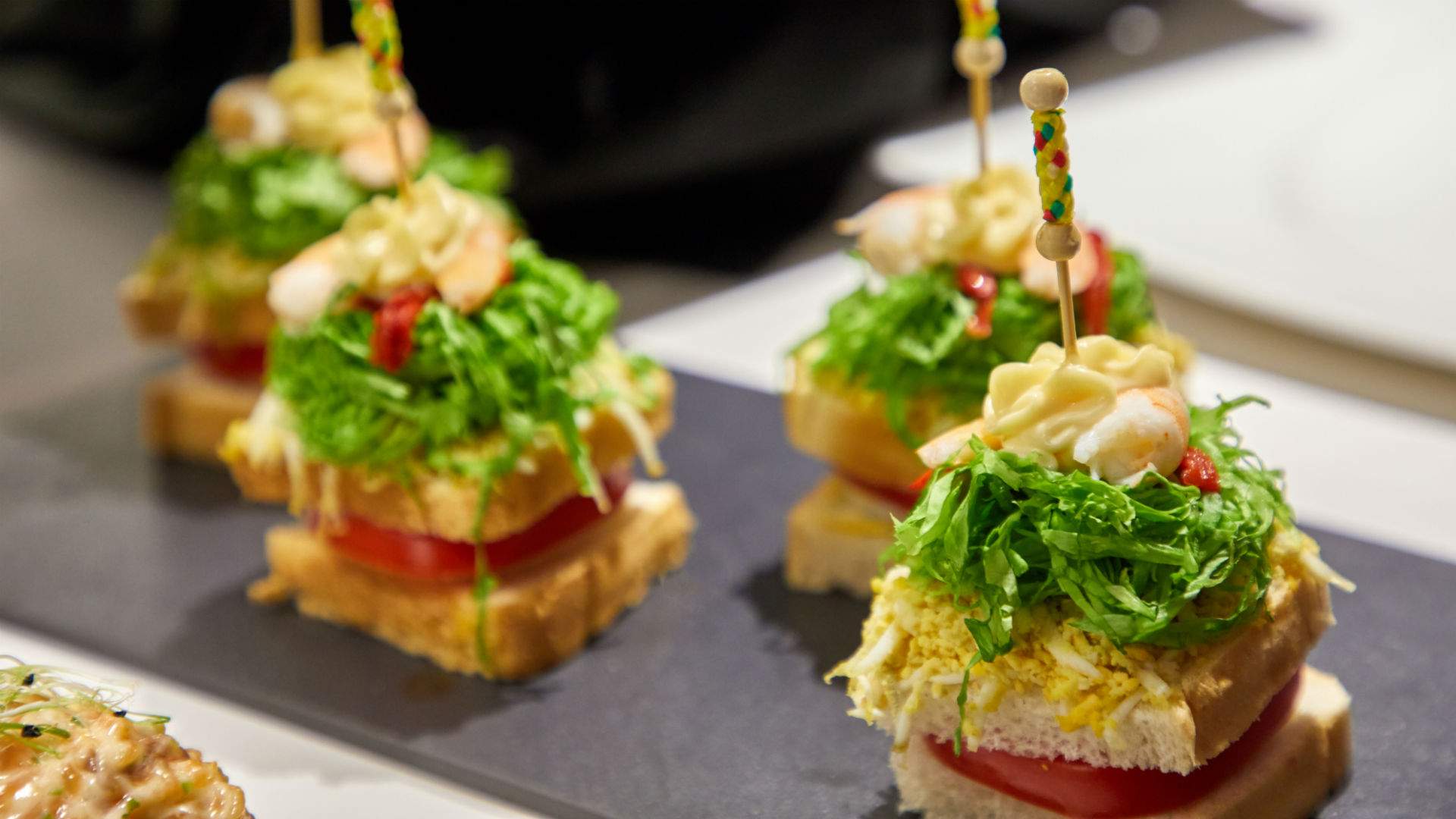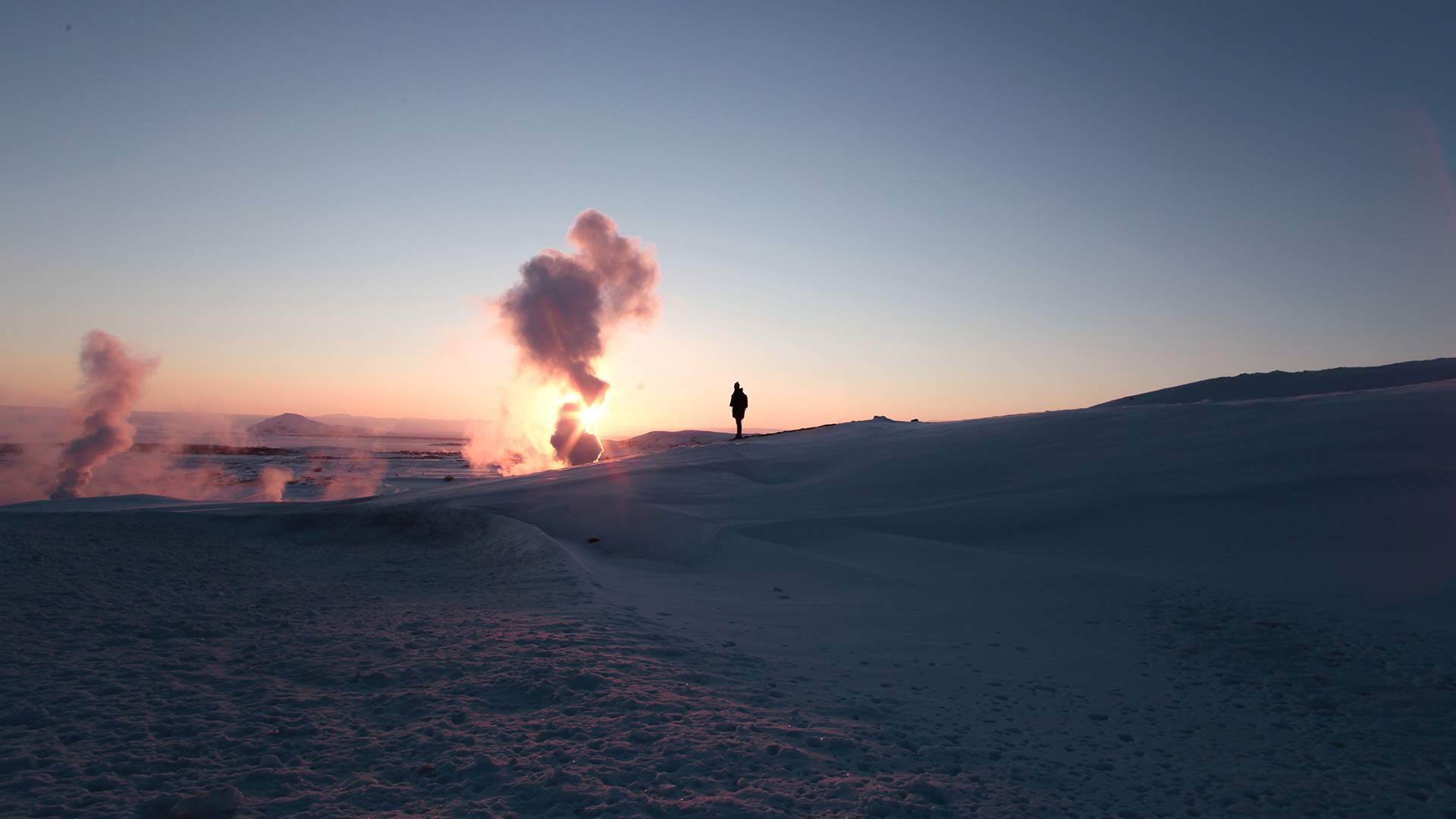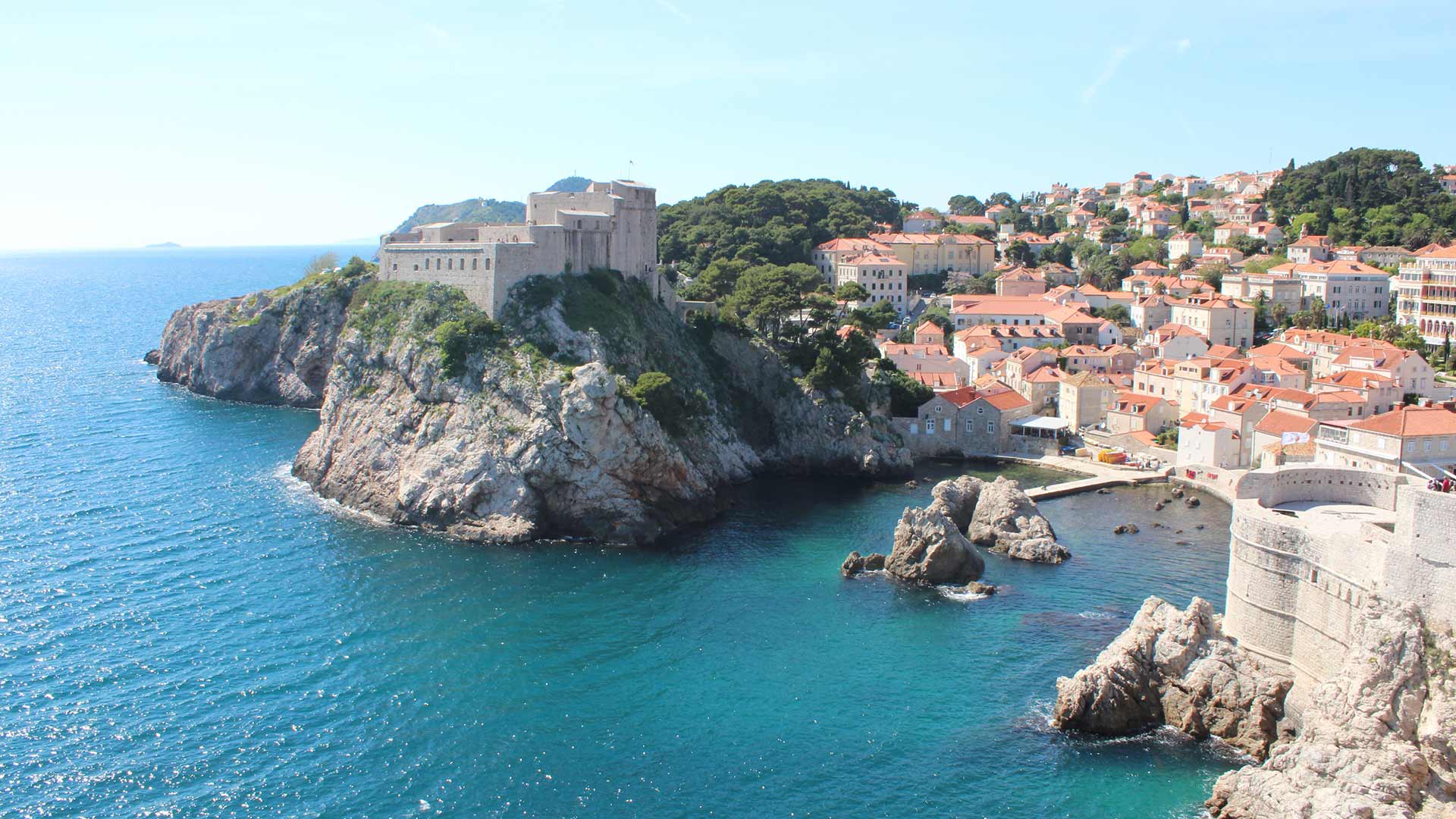
Get Lost in Europe
Many travellers put Europe and its main tourist destinations on their itineraries, but there are so many lesser-travelled locations that deserve a top-ranking spot on your hit list. Here's where to start.
Europe’s rich history and ancestral heritage make the continent a beloved travelling spot for many. A quick train ride takes you from one unique country to the next, with the region boasting some of the world’s best wine, most significant artworks and birthplaces for much of Western culture. Really, the continent is a hard-to-beat travel destination. Whether it’s indulging in Spanish culinary wonders, plunging into geothermal pools in Iceland, getting cultural in Russia, cycling your way through Croatia or exploring an underground wine city in Moldova, we’ve got you covered.
SPAIN: EAT YOUR WAY AROUND FROM PINTXO TO PINTXO
Spain is heaven for food lovers. Each region has its own culinary characteristics, making a tour of this southwest pocket of Europe one giant delicious smorgasbord. It would seem near impossible to have a bad meal, but it certainly helps to have a little guidance. And that’s what you can expect from this ten-day food trail through northern Spain, that takes you on a tasty tour around San Sebastian.

Eric Titcombe.
The city sits snugly in Basque Country in Spain’s north and boasts both beautiful beaches and a food scene that borders on obsessive. As well as having the highest concentration of Michelin-starred restaurants in Europe (second in the world to Kyoto), San Seb is also the home of pintxos. Typically described as snack-sized bites and often pierced with a skewer, pintxos are the smaller — and arguably more fun — version of tapas. The dishes take myriad forms: potato tortilla, slices of baguette topped with sardines or Iberico ham and flaky pastry filled with spider crab. And the best part is that because they’re small, you can eat and eat and eat.

The old town is dotted with pintxos bars and the format is pretty much the same in all of them: bites are self-serve from the bar and you pay based on how many you had. Don’t bother trying to get a seat: just wash your food down with txakoli — a fizzy white wine that is theatrically poured from 30 centimetres or more above the glass — and then continue on your merry pintxos bar crawl way.


ICELAND: LET OFF SOME STEAM IN A GEOTHERMAL POOL
When the oceans are a little too chilly for even the bravest local (or most foolhardy tourist), there are luckily hundreds of gurgling, fuming and sulphurous hot springs throughout Iceland to relax in — and this six-day tour will show you but a few. The most iconic geothermal pool on the island, Blue Lagoon is soft on the skin, dazzling on the eyes, though a bit tough on the wallet if budgets are tight. For those keen to splash out, the icy blue therapeutic waters, set against a backdrop of the Nordic island’s lava fields, are bliss day or night — especially after a day of hiking the island’s dramatic terrain. We recommend arriving in the late afternoon so you can experience the dreamlike shift from day to night, where magnificent orange hues fill the evening sky, making way for the Northern Lights if you’re lucky.
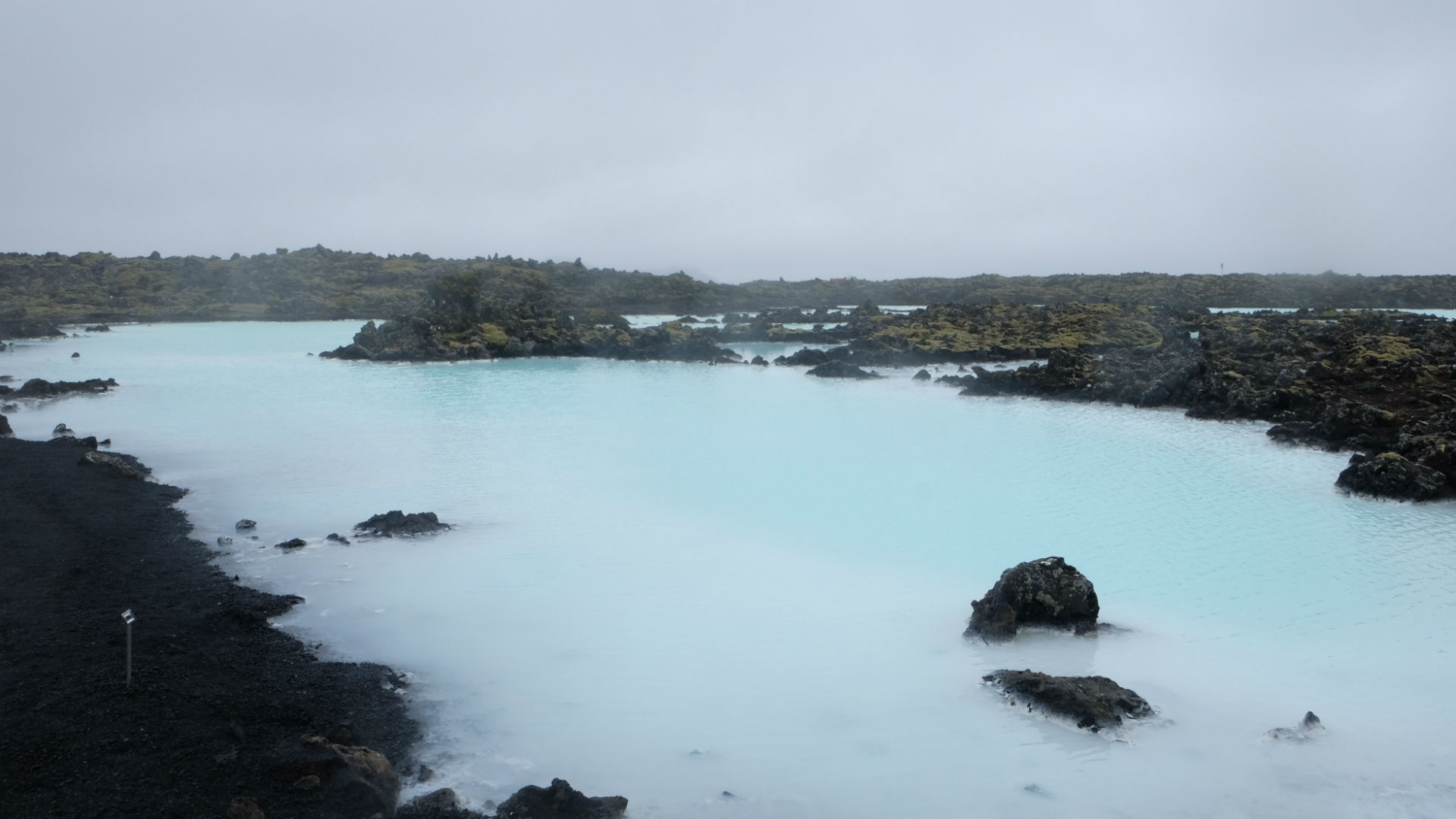
If you’re looking for a bit more adventure with your heated dip, make tracks for Seljavallalaug, one of the country’s oldest pools. Built into the side of a rocky hill in a secluded valley, this hot pool requires a little more exertion and drive to reach. The hike from the isolated car park to Seljavallalaug will take you past craggy peaks, fields of lava ash and the odd patch of snow. While the geothermally heated waters will keep the pool ice-free for most of the year, expect the odd cube in the dead of winter.
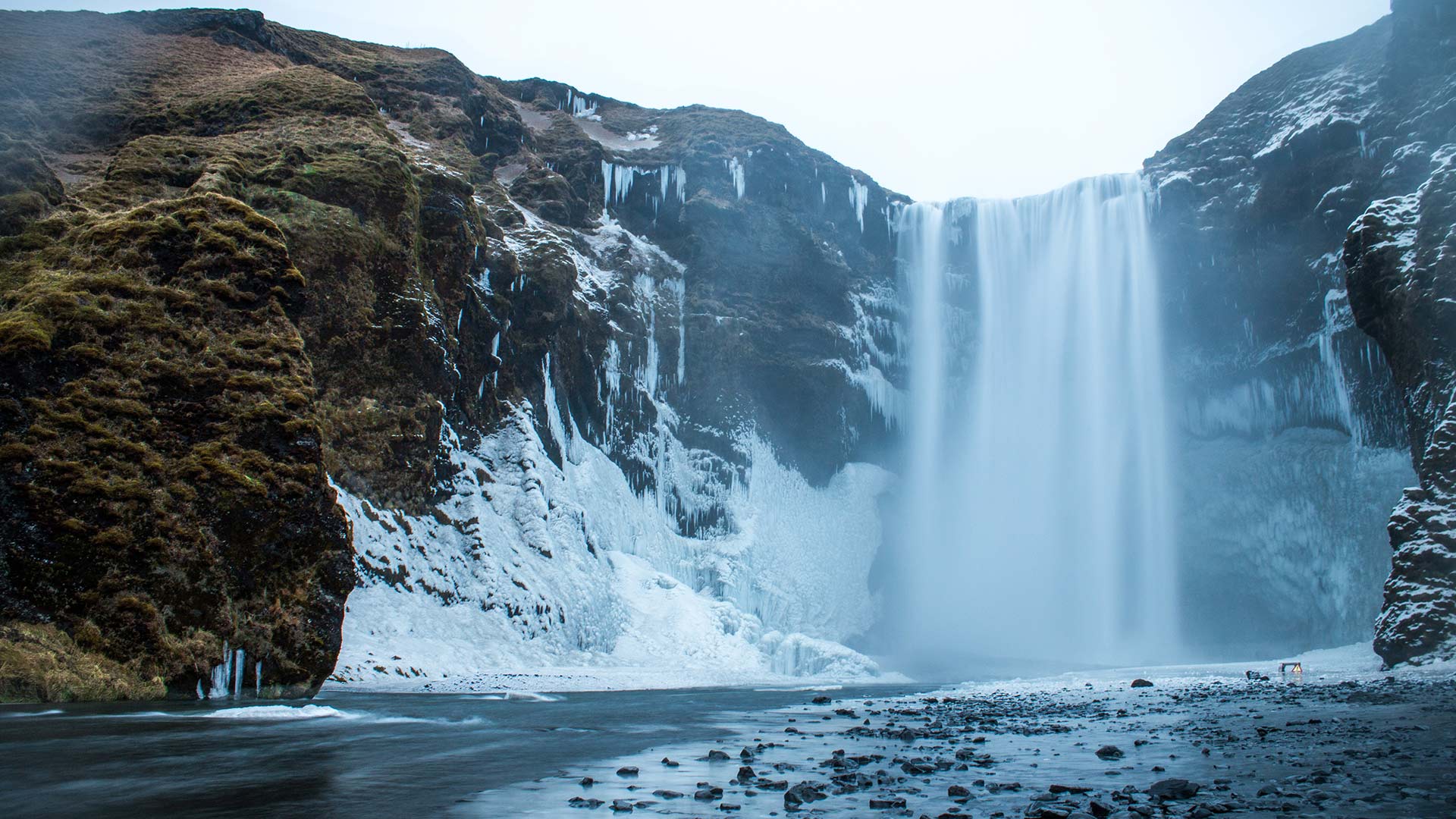
After a breathtaking hike through the wild scenery of southern Iceland, reaching Reykjadalur, which translates as ‘Steam Valley’ is a fantastic feeling. Unlike the other pools mentioned, Reykjadalur is a ‘hot river’, with various spots for a dip at varying temperatures. Walk downstream until you find your optimal temperature, from lobster boil to bathtub warm.

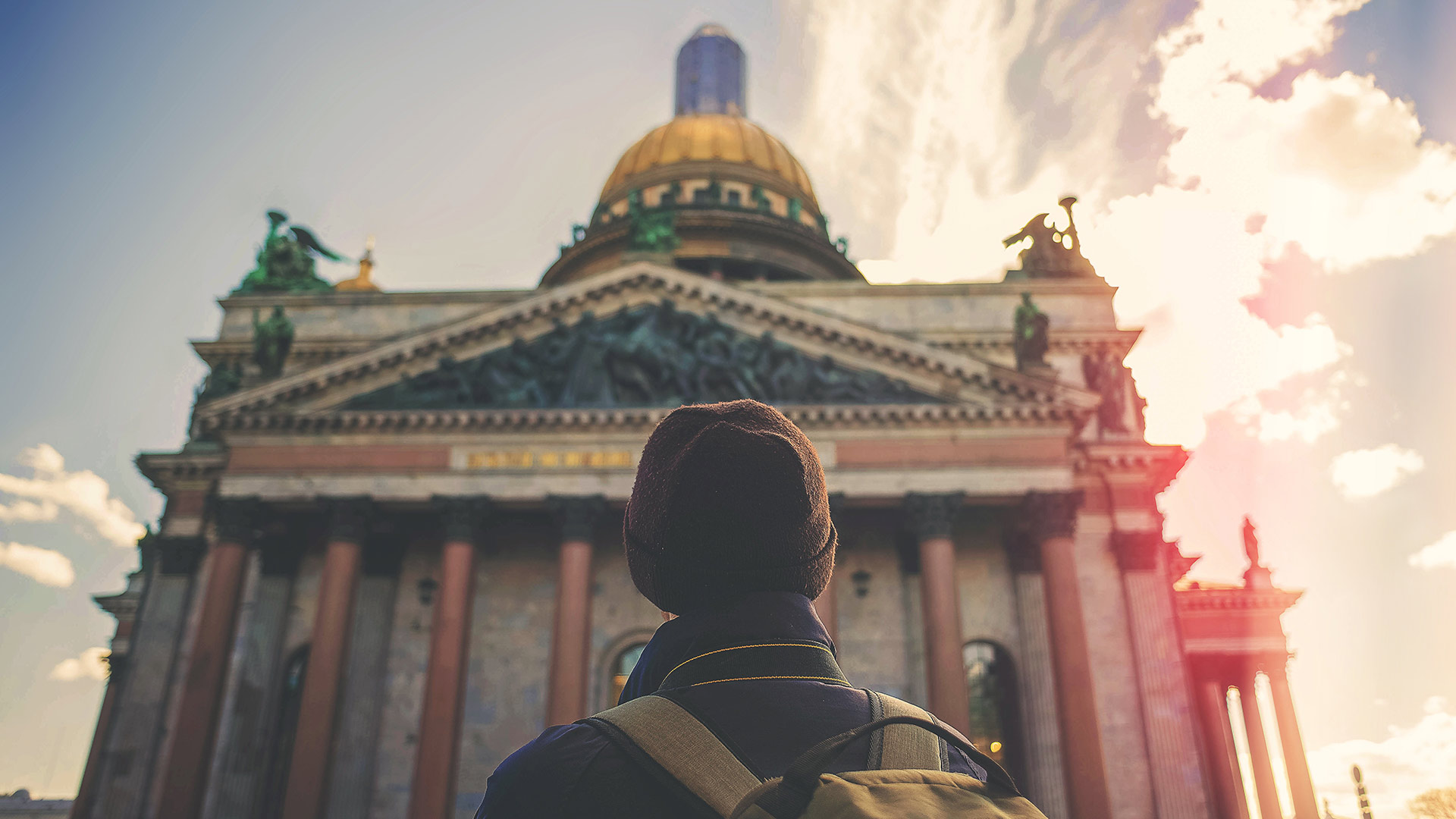
RUSSIA: VISIT FAIRYTALE CITIES AND ADMIRE ARCHITECTURAL LANDMARKS
Unlike so many European countries, Russia is yet to be overly glossed up by hoards upon hoards of tourists — and you can explore more of it on this eight-day tour from Moscow to St Petersburg. Starting out by dipping a toe into mighty Moscow, here, you can relive history at Red Square, say hello to Lenin’s impeccably preserved body at his mausoleum, see an opera for a few bucks at the Helikon and catch some experimental theatre (with English subtitles) at the Gogol-Center.
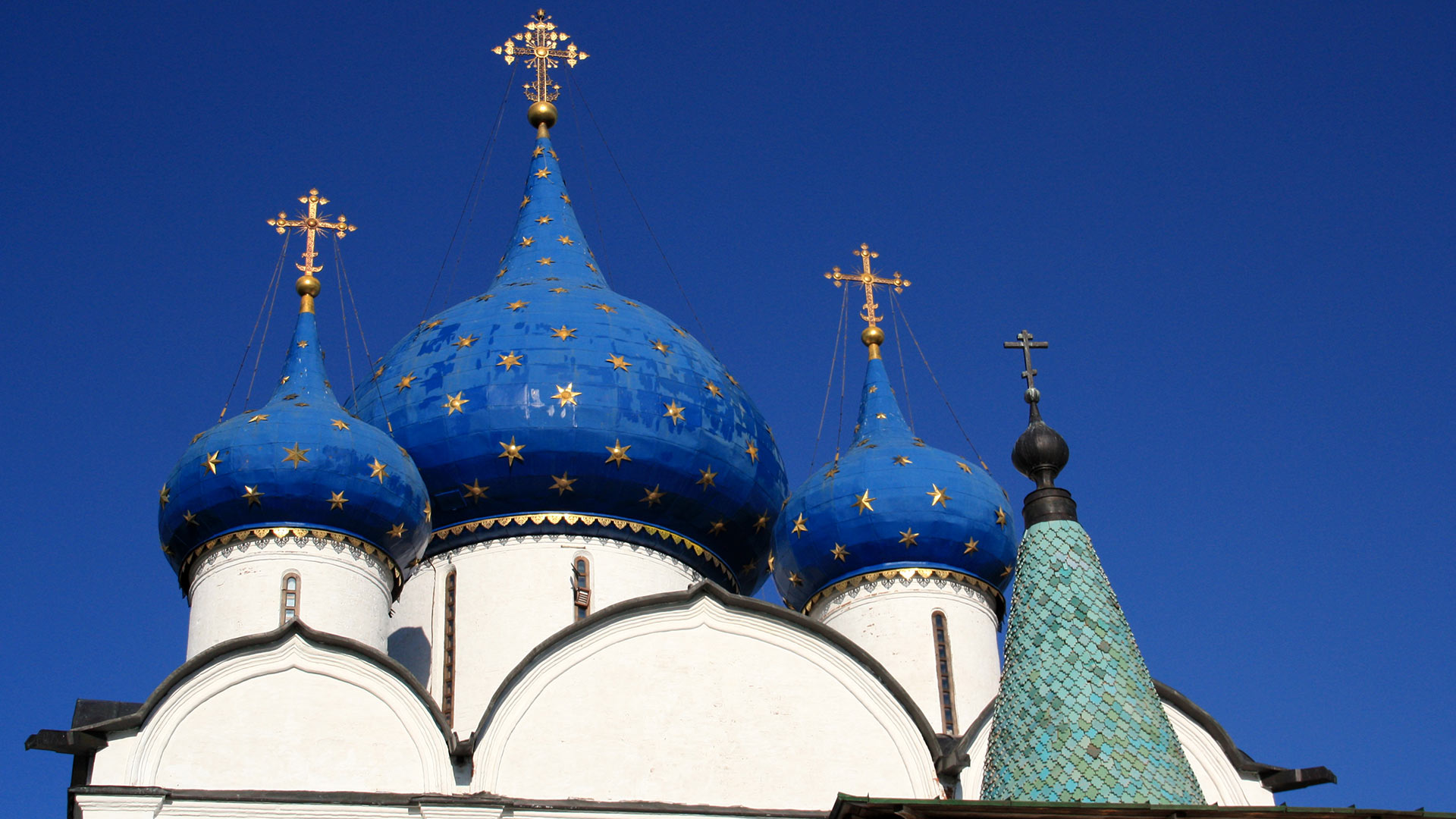
via Wikimedia Commons.
From Moscow, it’s then an easy trip out to visit the Golden Ring, an extraordinary collection of old cities that look like they’ve come straight out of a fairytale. Think golden domes, shimmering spires and medieval monasteries. Suzdal, which sits on the banks of the Kamenka River, is akin to an openair museum with its other-worldly sights of carved stone — including the blue and gold-domed Nativity of the Virgin Cathedral.
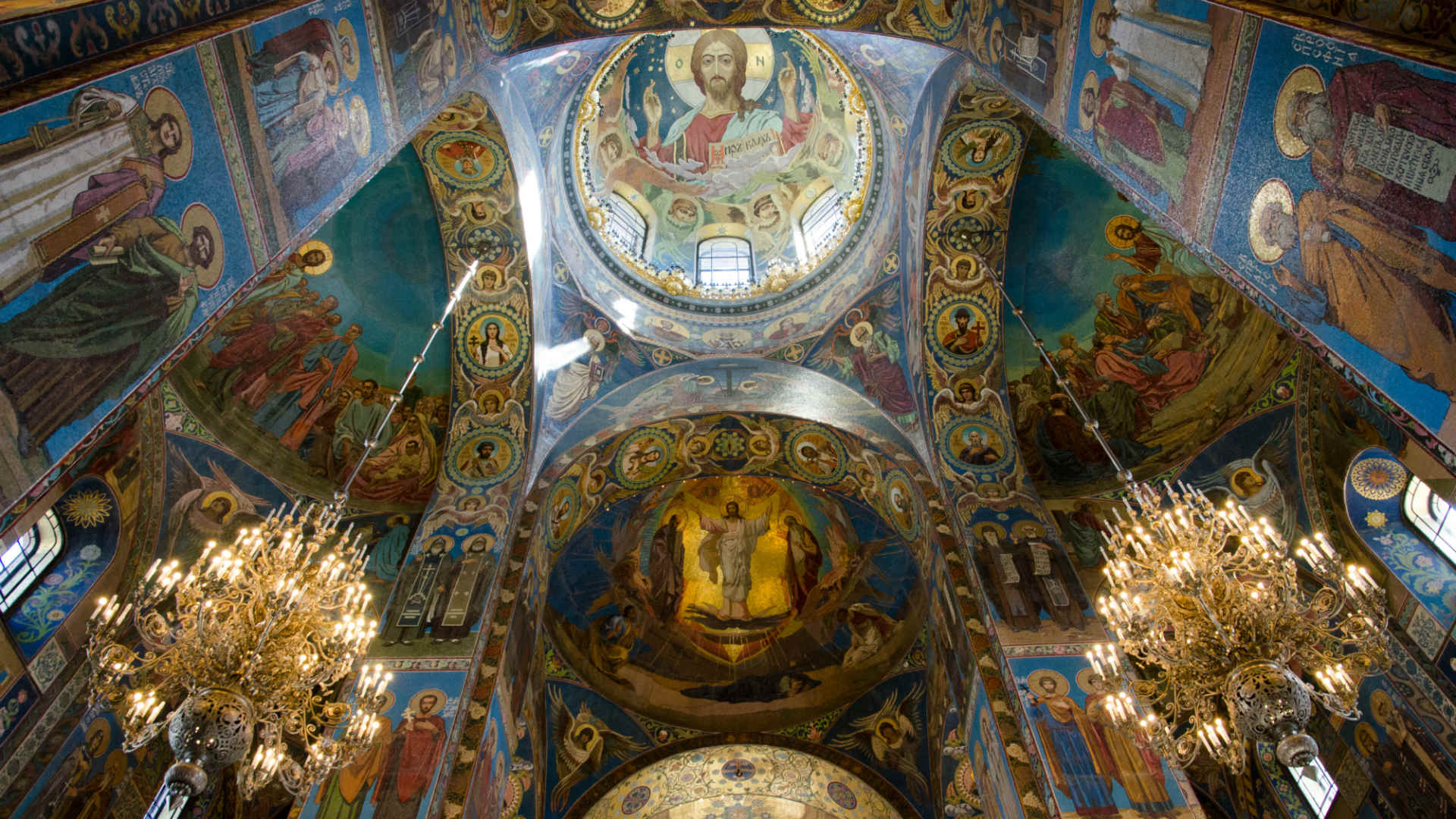
Finally, your trip will take you to St Petersburg, where along every enchanting canal and down every shadowy alleyway, an adventure awaits. Wander around The Hermitage, founded in 1764, whose 360 gilded, high-ceilinged rooms take you on a journey through European art history. Then, for a spectacular contrast with the marvels of 21st-century architecture, head for New Holland Island, an epic public space with live music, public artworks and, in winter, a magical ice skating rink. Meanwhile, to check out what the city’s independent creatives and intellectuals are getting up to, swing by Podpisnie Izdaniya bookshop for good coffee and chats, Slam City for underground music and Name Gallery for independent artists.

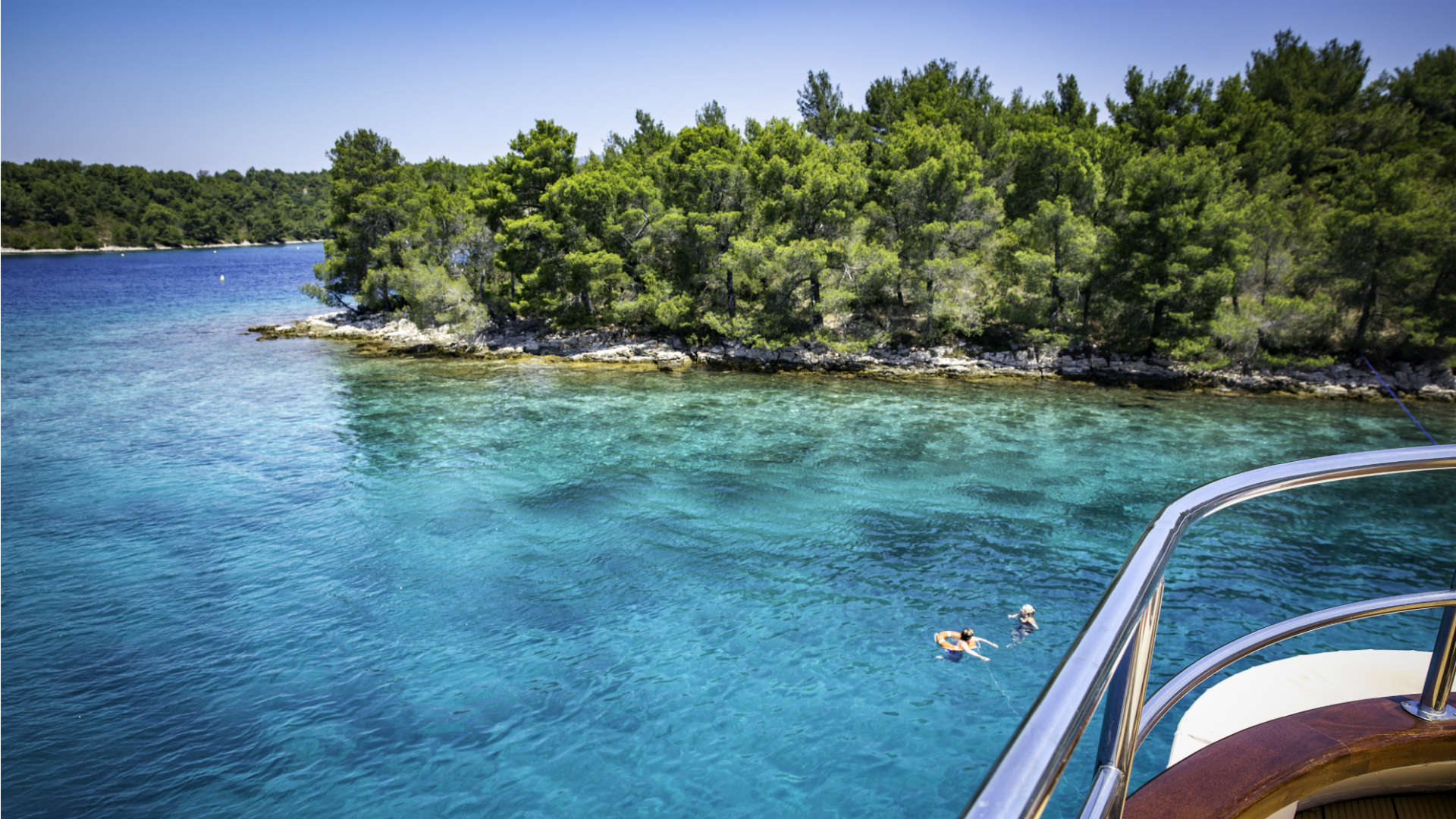
CROATIA: EXPLORE THE COASTLINE ON TWO WHEELS
All quaint seaside villages, sublime ocean views and awe-inspiring national parks, Croatia is undoubtedly one of Europe’s most beautiful destinations. There are many ways to explore this stunning country, but for active types, one of the most unique is by two wheels, like on this seven-day cycling tour. You’ll bike through picturesque vineyards, towns drenched in history and along the ridiculously blue waters of the Adriatic Sea.
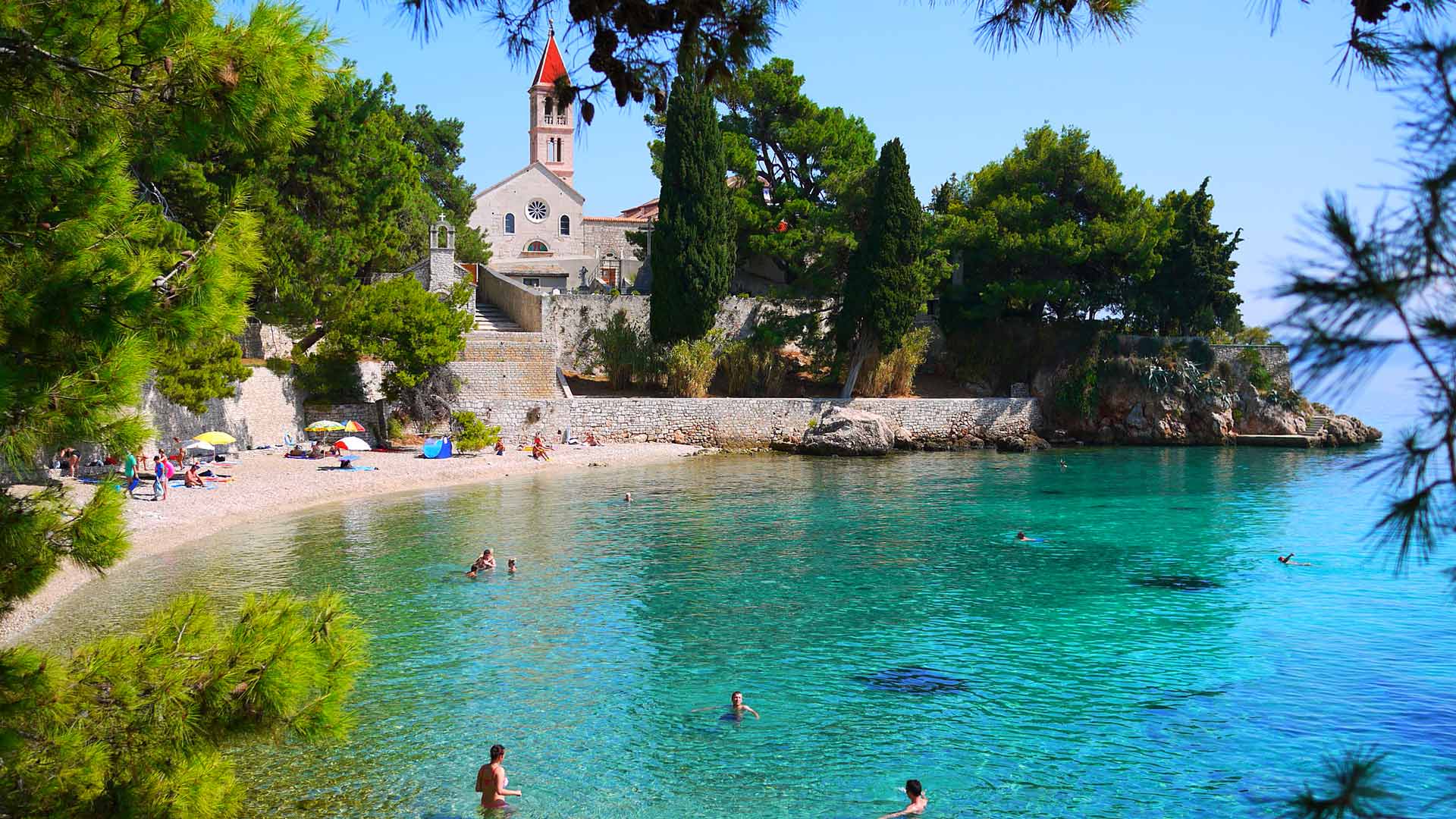
While cycling provides an epic perspective of the Croatian landscape, it’s also worth taking a little break from your bike to spend a day in and on those crystalline waters. A great place to do this is on charming Korcula Island, where you can pick up some snorkelling gear and a kayak, and launch yourself into the great blue expanse. Paddle into hidden coves, land on deserted beaches and spot schools of colourful fish. Then, when your arms need a little break, pop into the warm water with your mask and snorkel to get up close and personal with the local marine life.

In the evening, as a reward for all your aqua adventuring, head into Korcula’s picturesque Old Town for some fresh seafood and a glass (or two) of the local white wine Grk — hard to pronounce but absolutely delicious. With so many exceptional restaurants in this compact town centre, it’s hard to go wrong, but for guaranteed palate-pleasers head to Konoba Adio Mare.

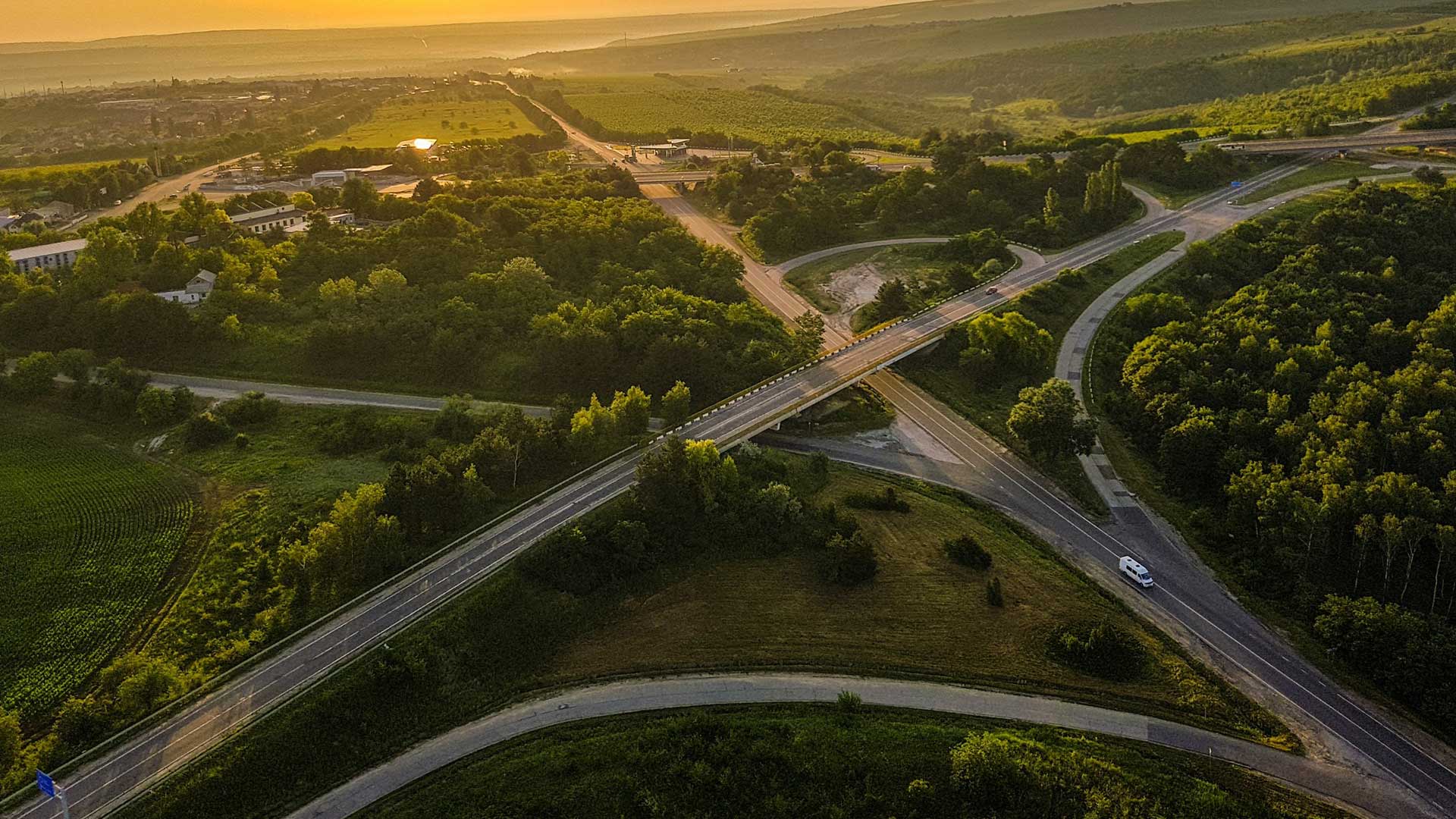
MOLDOVA: EXPLORE AN UNDERGROUND WINE CELLAR CITY
A symptom of its complex history, Moldova simultaneously carries the unfortunate titles of ‘poorest country in Europe’ and ‘least-visited country in Europe’. But those undesirable monikers are certainly set to change, with the Eastern European country (bordered by Romania and Ukraine) identified by travel experts as an ‘up-and-coming’ destination in 2018. Its undisturbed (by tourism, at least) existence is where this small nation’s charm lies — and allows you to explore its sites without battling the crowds.
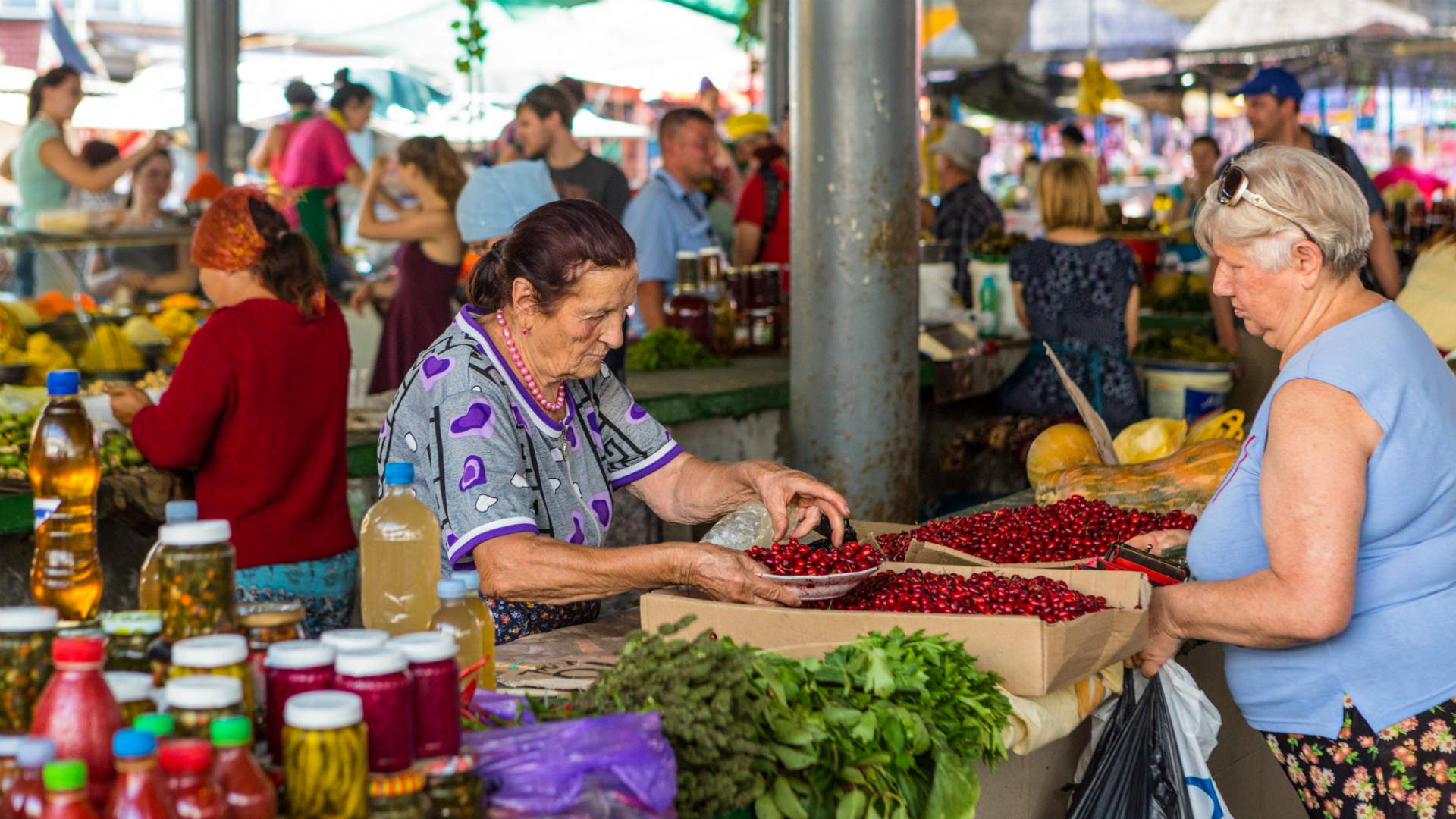
Part of the Soviet Union until 1991, the country’s capital Chisinau (pronounced kishi-now) is a concrete jungle of Stalinist architecture. A walk through this city will take you past abandoned buildings and graffiti, which hint at financial hardships but are contrasted by the vibrancy of open-air markets. Piata Centrala (the central market) will offer up fresh produce, while the Arts Square is where to snag some handmade crafts.
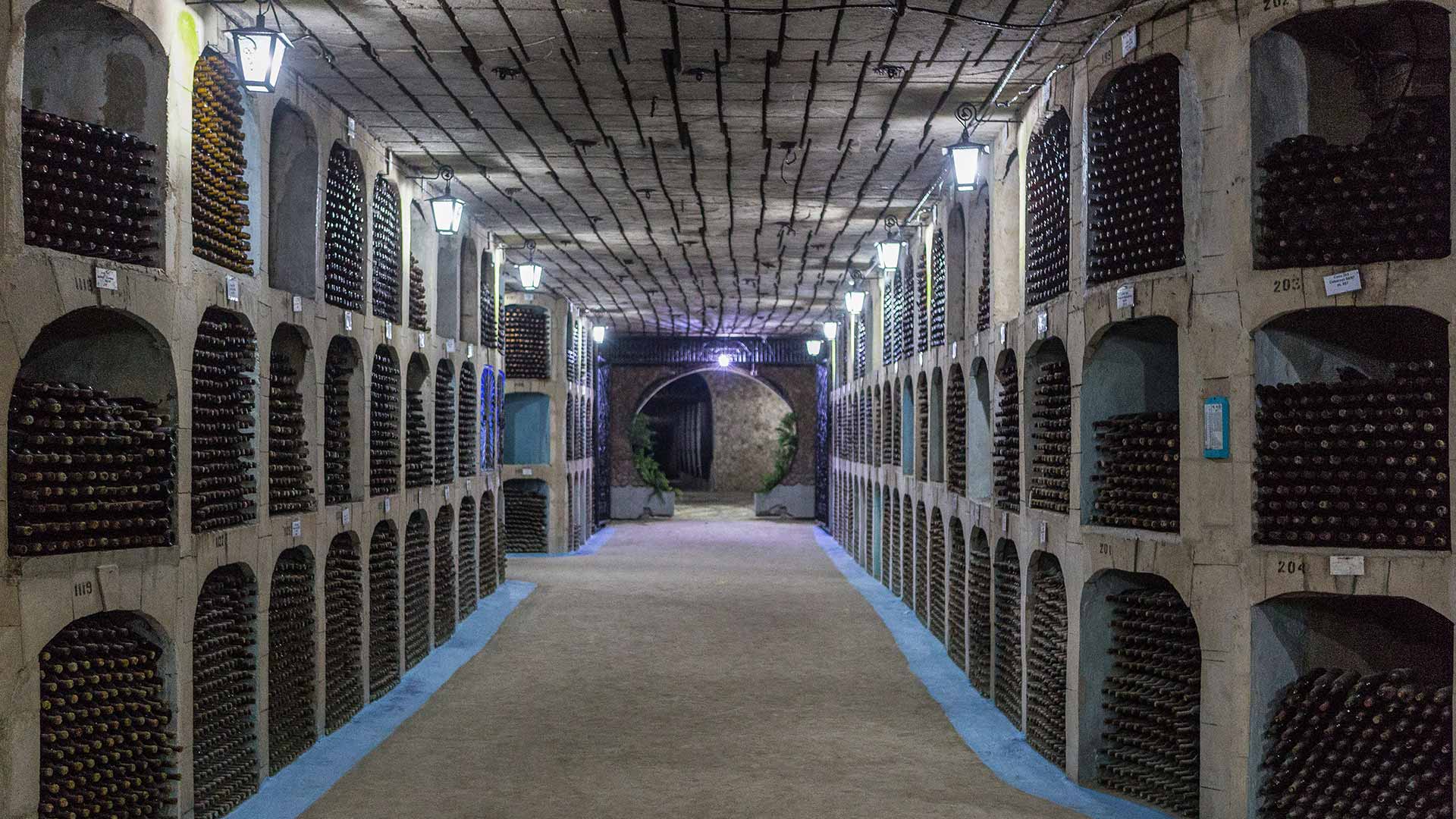
Beyond the quirky historical sites, the other big drawcard to Moldova is wine. So much so, residents voted to rename Chisinau International Airport to ‘Wine of Moldova Airport’ in June 2017. The country is dotted with cellars, and two of its wineries lay claim to the world’s biggest and second biggest wine collections by number of bottles: Milestii Mici and Cricova, respectively. Milestii Mici has approximately two million in its caves and forms a veritable underground wine city. Its limestone gallery has around 200 kilometres of barrel-lined ‘streets’ named after the grape varieties. Take a guided tour (by car) then enjoy a diverse range of drops from the region in the decadently designed tasting hall — the sparkling wines are said to rival authentic Champagne.

While planning your next trip overseas, consider doing something a little off-centre and away from the beaten track on a tour through Europe with Intrepid Travel.

